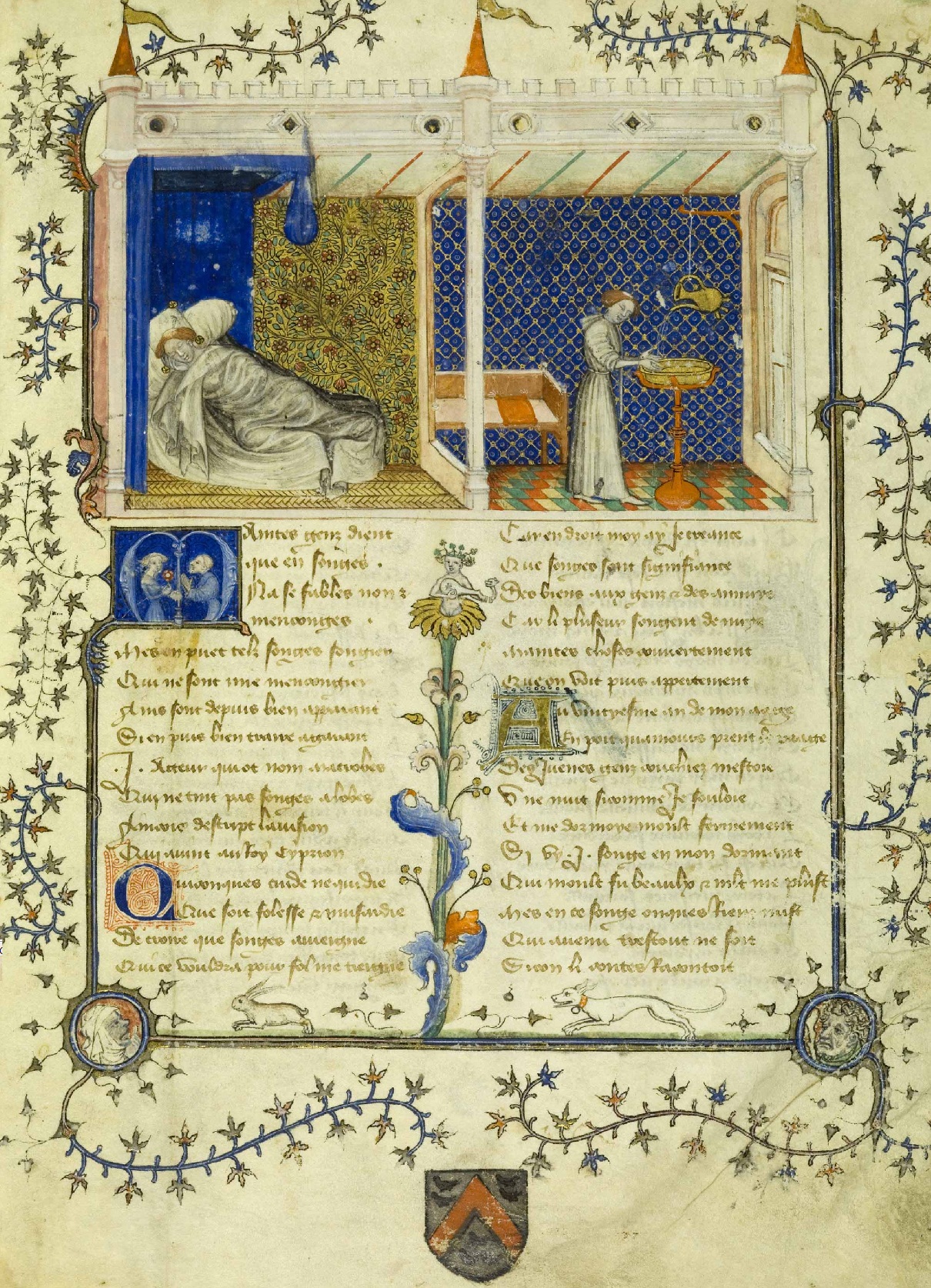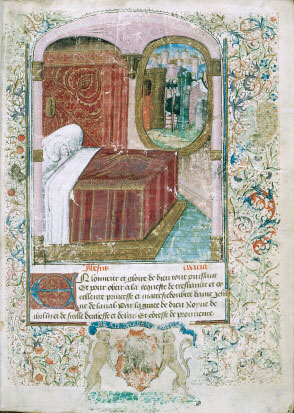|
Jean De Meun
Jean de Meun (or de Meung, ) () was a French author best known for his continuation of the '' Roman de la Rose''. Life He was born Jean Clopinel or Jean Chopinel at Meung-sur-Loire. Tradition asserts that he studied at the University of Paris. He was, like his contemporary, Rutebeuf, a defender of Guillaume de Saint-Amour and a bitter critic of the mendicant orders. Jean de Meung says that in his youth he composed songs that were sung in every public place and school in France. Most of his life seems to have been spent in Paris, where he possessed, in the Rue Saint-Jacques, a house with a tower, court and garden, which was described in 1305 as the house of the late Jean de Meun, and was then bestowed by a certain Adam d'Andely on the Dominicans. He was buried in the now-demolished church of Paris's Dominican monastery, which was also on Rue Saint-Jacques. ''Roman de la Rose'' In the enumeration of his own works he places first his continuation of the ''Roman de la Rose'' of Gu ... [...More Info...] [...Related Items...] OR: [Wikipedia] [Google] [Baidu] |
Roman De La Rose
''Le Roman de la Rose'' (''The Romance of the Rose'') is a medieval poem written in Old French and presented as an allegorical dream vision. As poetry, ''The Romance of the Rose'' is a notable instance of courtly literature, purporting to provide a "mirror of love" in which the whole art of romantic love is disclosed. Its two authors conceived it as a psychological allegory; throughout the Lover's quest, the word ''Rose'' is used both as the name of the titular lady and as an abstract symbol of female sexuality. The names of the other characters function both as personal names and as metonyms illustrating the different factors that lead to and constitute a love affair. Its long-lasting influence is evident in the number of surviving manuscripts of the work, in the many translations and imitations it inspired, and in the praise and controversy it inspired. Authorship ''The Romance of the Rose'' was written in two stages by two authors. In the first stage of composition, circa ... [...More Info...] [...Related Items...] OR: [Wikipedia] [Google] [Baidu] |
Guillaume De Deguileville
Guillaume de Deguileville (1295 - before 1358) was a French Cistercian and writer. His authorship is shown by one acrostic in ''Le Pèlerinage de la Vie Humaine'', two in '' Le Pèlerinage de l'Âme'', and one in ''Le Pèlerinage de Jhesucrist''. These acrostics take the form of a series of stanzas, each beginning with a letter of Deguileville's name. According to indications in the ''Vie'' his father was called Thomas, he was named after his godfather, and his patron saint was William of Chaalis. There is no evidence that his name is connected with a village of Guileville. Life and writings Guillaume entered the Cistercian abbey of Chaalis in 1316, at the age of twenty-one. This is in agreement with his assertion in the second redaction of the ''Vie'', where he states that he has been in the abbey for thirty-nine years. The abbey of Chaalis—or what is left of it, for it is no more than a ruin nowadays—is in the diocese of Senlis, north of Paris, and was founded in the twelf ... [...More Info...] [...Related Items...] OR: [Wikipedia] [Google] [Baidu] |

